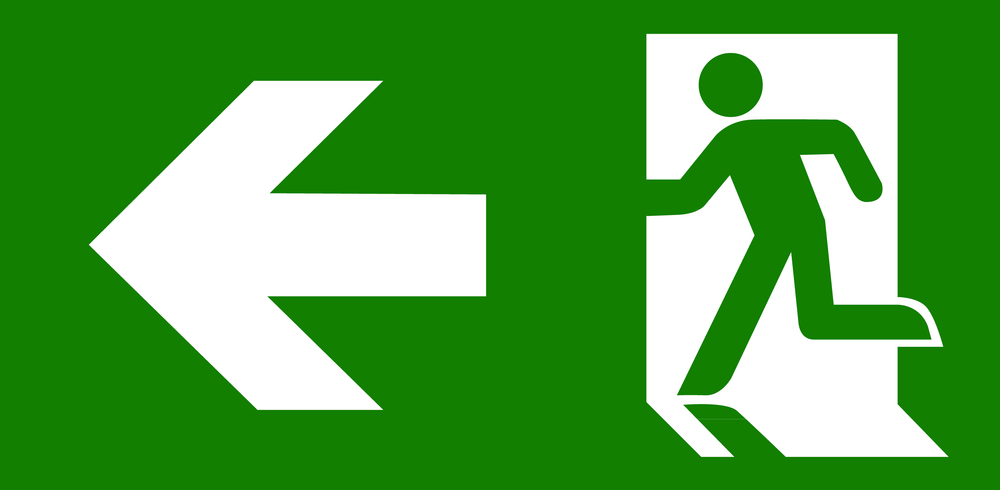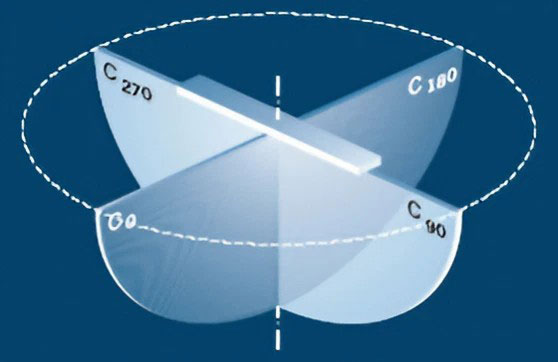Emergency lighting classification in Australia

Australian emergency lights will have a classification that will look something like this:
C0 D6.3 C90 D3.2
Let's break down each component to understand its meaning:
Axes
The numerical value after the C refers to the axes for which the performance is defined in degrees. C0 is the 0 axis, C90 is the 90 degree axis and so on.

Number of Axes
In general a single source light will have two axes - C0 and C90. A light with two sources will have 3 axes - C0, C90 and C180. The reason for this is that the light sources are not symmetrically distributed.
Classes of Lights
The next part of the classification will be a letter and number pair. The letter defines the class of the light as follows:
Class A: Emergency lighting in Class A is designed to provide illumination for areas where a swift and orderly evacuation is essential in the event of a power failure. This includes spaces with a high occupancy, such as theaters, auditoriums, and assembly halls. Australian Standard AS 2293.1 outlines the requirements for Class A emergency lighting, ensuring that the illumination is sufficient for safe evacuation.
Class B: Class B emergency lighting is intended for areas where occupants are familiar with the surroundings and are involved in tasks requiring minimal lighting for safe evacuation. This includes offices, meeting rooms, and classrooms. AS 2293.1 specifies the necessary illumination levels and duration for Class B emergency lighting to ensure occupant safety during an emergency.
Class C: Class C emergency lighting is designed for areas where occupants are familiar with the surroundings but may need guidance for safe evacuation. This class is suitable for corridors, exit paths, and open areas. AS 2293.1 outlines the specific requirements, including illumination levels and duration, for Class C emergency lighting to facilitate a smooth and secure evacuation process.
Class D: Emergency lighting in Class D is intended for areas where occupants are not familiar with the surroundings, and additional guidance is crucial for safe evacuation. This includes areas like hotels, shopping centers, and large public spaces. AS 2293.1 provides detailed standards for Class D emergency lighting, ensuring that the illumination is effective in guiding occupants to safety.
Class E: Class E emergency lighting is specifically designed for areas where the risk to the occupants is higher, and additional precautions are necessary. This may include industrial facilities, laboratories, or locations with hazardous materials. AS 2293.1 specifies the requirements for Class E emergency lighting, ensuring that the illumination is tailored to the specific risks and challenges of the environment.
Illumination intensity
Finally, the numeric value after the light class defines the illumination value for that light distribution curve.
Disclaimer
This information is provided with the expectation that individuals will independently evaluate and validate all inforrmation with accredited experts. Exiting assumes no responsibility for any harm, losses, or damages resulting from the utilization or dependence on this information .